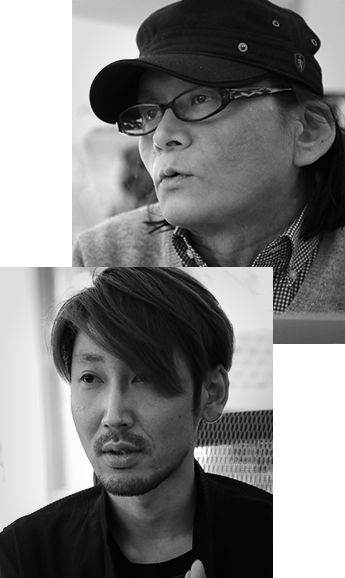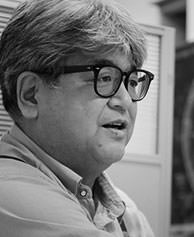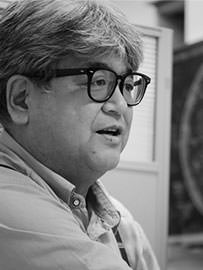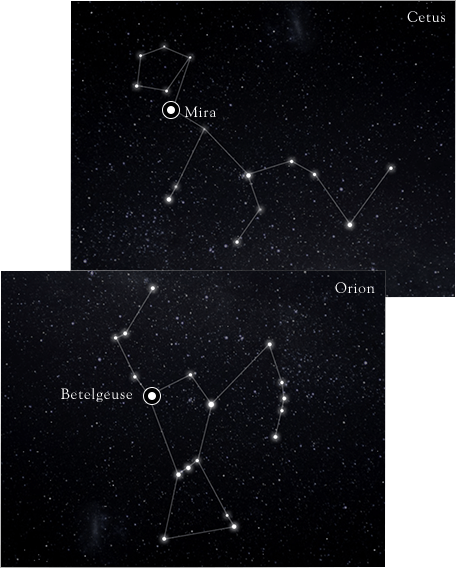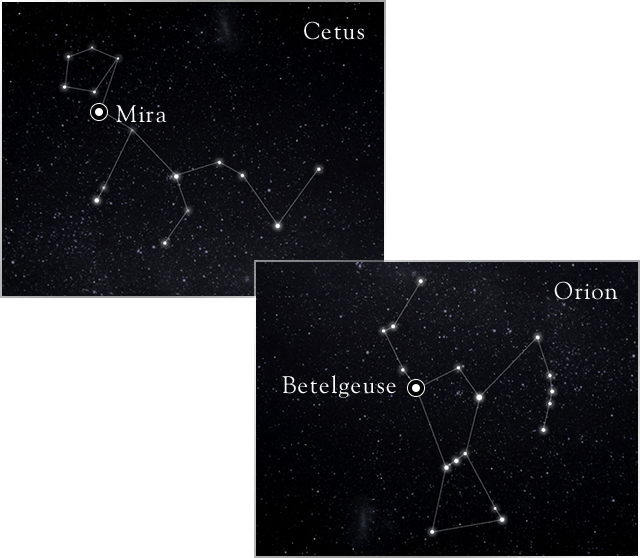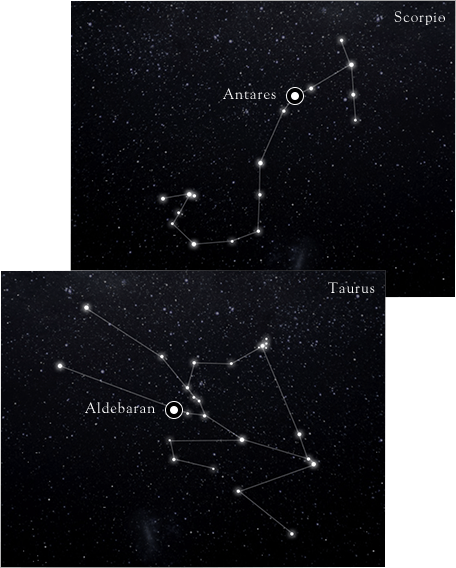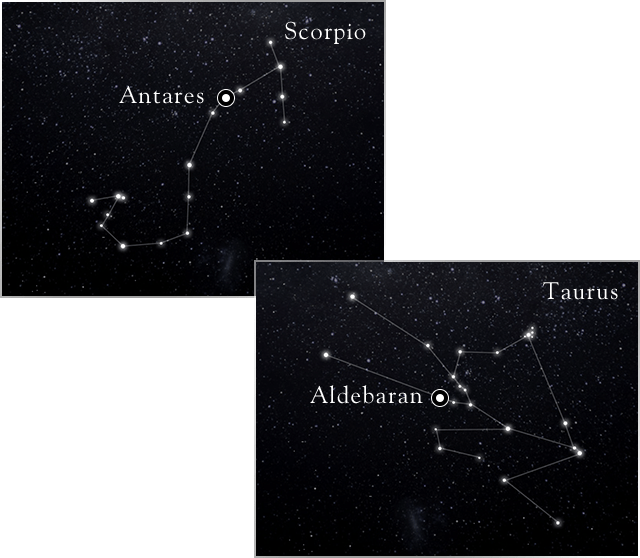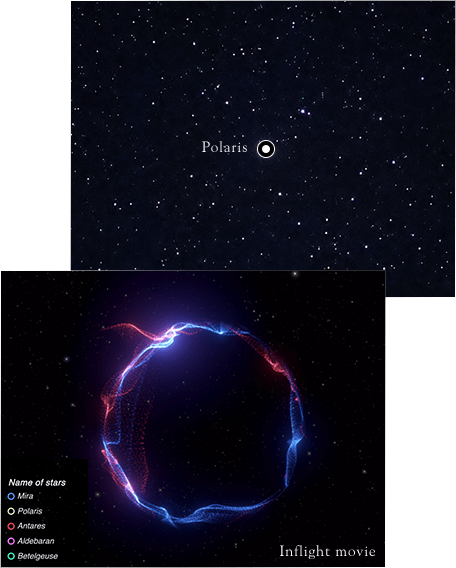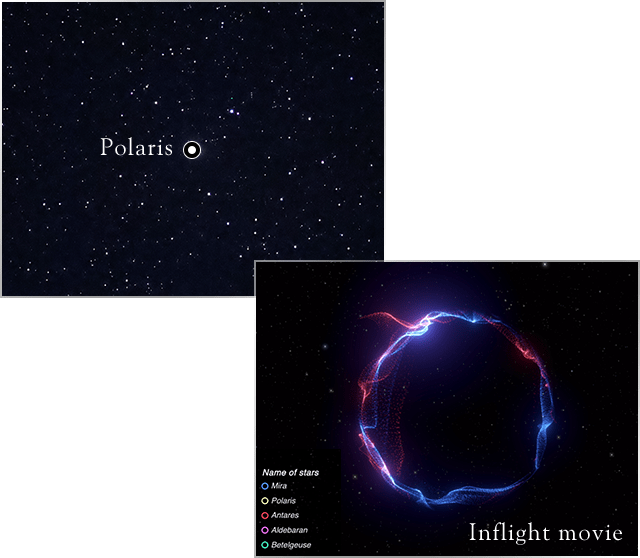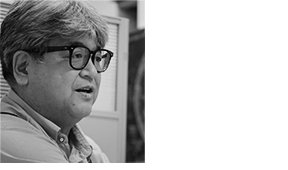











ABOUT
Did you know that there are pulsating stars?
These change in size over a long period of time and are called pulsating variable stars.
A famous one is the North Star.
Outer space has no air, so the pulsating sound is not audible.
But what if we could hear it?
What would it sound like?
An experimental program that converted star pulsations into music.
We aimed for music that provides a new, ambitious experience,
yet blends into the environment to relax you.
We aimed our attention on frequency masking technology,
which can moderate the airplane noise in the cabin.
An unparalleled music program brought to you by
the smart luxury airline STARFLYER.
We invite you to experience this above the clouds.
STARFLYER passengers can listen to this
on the inflight video program channel
11 during the dates.
When transferring music from a computer to a smartphone,
follow the transfer procedure of the model you are using.
There are stars that throb and pulsate
Stars that change in brightness when viewed from Earth are called variable stars. There are different types of variable stars, and those that change brightness by throbbing and transforming their size are called pulsating variable stars. These pulsating variable stars vibrate like the throbbing, pulsating hearts of living creatures.
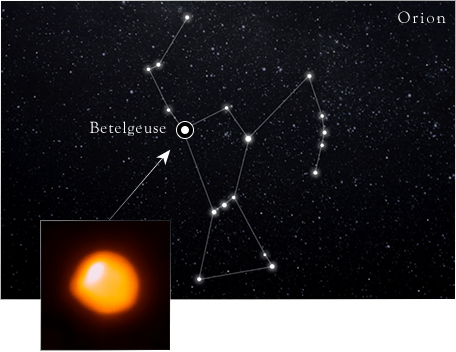
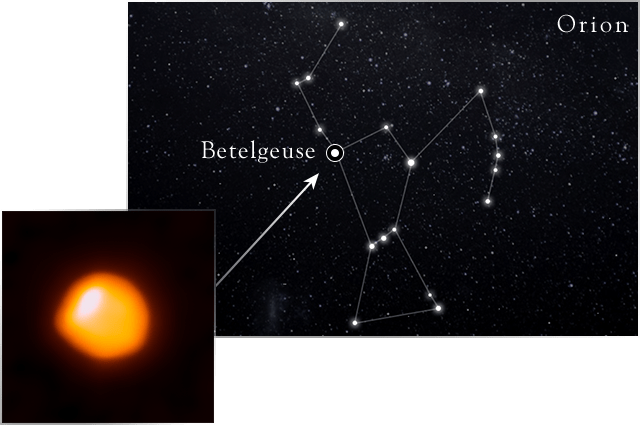
Star pulsations that can be observed like sound frequencies
The vibration cycle of pulsating variable stars vary according to individual stars. Some vibrate for years, while some vibrate for days. Some have regular cycles, while some are completely irregular. If we periodically observe the brightness of pulsating variable stars and create data, they curve like sound frequencies. Turning bright, turning dark—the rhythms and patterns of star pulsations emerge.
 Light fluctuation
Light fluctuationimage

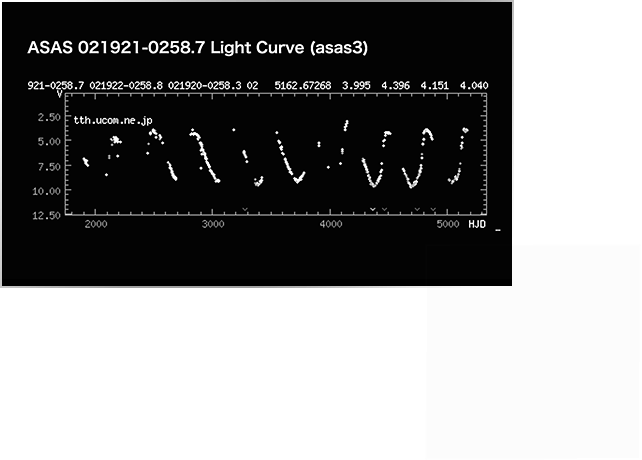
Five richly unique stars
Five stars are featured in “Star Chorus.” Mira of the Cetus constellation is one of the most famous variable stars, known for its fluctuating brightness as early as the 16th century. A star with large mass will swell and become enormous as its lifespan comes to an end; Betelgeuse of the Orion constellation and Antares of the Scorpion constellation are exactly at this stage and are known as red giant super stars that sparkle in red. Aldebaran is a first-magnitude star of the Taurus constellation, and Polaris is, of course, the North Star.
The throbbing of each pulsating variable star is unique. We would be delighted if listening to “Star Chorus,” which is music based on the pulsation of these five stars, makes these stars feel more familiar.

Pulsating variable star data supervision
Hitoshi Yamaoka, Doctor of Science
Associate Professor and Head of Public Relations Office at the National
Astronomical Observatory of Japan. Attended Graduate School of Science at
the University of Tokyo as an Astronomy major; earned a doctorate (science).
Worked as a research assistant at Kyushu University Graduate School of Science
before taking his current position. His specialty is astrophysics,
especially theoretical observational research of astronomical phenomenon
with time fluctuations such as supernova explosions.
Sounds rendered by the pulsation of five stars
Pulsating variable stars change brightness as if throbbing and pulsating. The cycle (rhythm) of each is greatly distinct. We converted the pulsating rhythm of these five stars into musical intervals and tempos and represented them with instruments and acoustics with varying timbre. Antares is rendered with a string instrument, Aldebaran with a low-pitched bass, Polaris with a piano, Betelgeuse with sound effects, and Mira, which has the largest fluctuations, with electronic sounds.


Star Chorus, embracing different preferences and mental states
Musical preferences and mental states vary with each airplane passenger. Rather than guiding the various mental states of various passengers to a “fun” or “sad” mood with a dynamic, catchy melody, we created sounds that aren’t over-assertive and will gently direct their mental states to a good mood.
“Star Chorus” combines the sounds of five stars like a chorus, rendering natural, organic behavior similar to ripples of the sea or murmurs of the wind. The ambient sounds that gently change continuously like the pulsation of stars can be listened to for an extended time without becoming boring. We used music to create an environment where listeners will slip into relaxation.


Utilization of technology to reduce sound in the cabin during flights
All sounds have a unique frequency signature. When sounds with similar frequency signatures are layered, the original sound becomes less perceptible, an effect referred to as frequency masking. We analyzed the frequency of cabin sounds during a flight and created “Star Chorus” so that it had an equal frequency signature.
When you listen to “Star Chorus,” you will likely have the sensation of forgetting you’re on an airplane. We invite you to feel the relaxation that is only possible in a space that is free of disturbance.
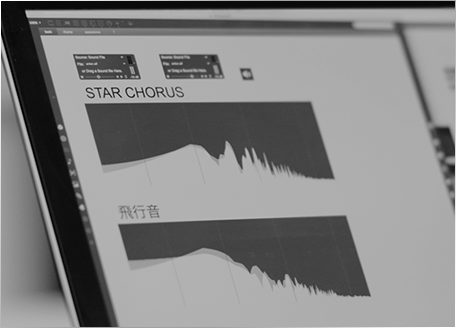
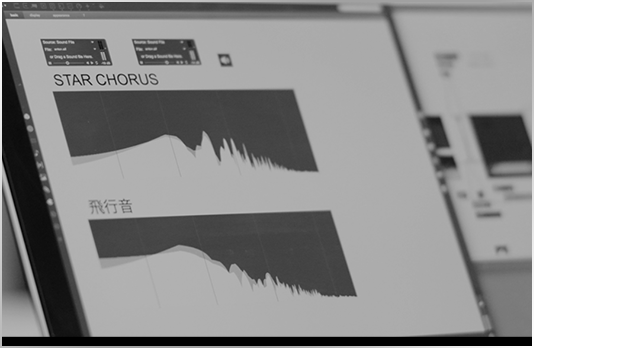

Music production
Kenjiro Matsuo, Invisible Designs Lab
Invisible Designs Lab CEO
Composer / Sound Artist / Technical Director / Creative Director.
He is engaged in multifaceted creative work under the theme of
“Expand the music,” harnessing his diverse style to ambitiously create many
expressions of music.

Music production
Yui Onodera, Invisible Designs Lab
Composer / Sound Producer.
He is internationally active in the field of sound art
and engaged in sound production, including creative direction and planning for
musical (sound, time, space) expression, harnessing his expertise in architectural
acoustics and audio technology. His work is diverse, ranging from domestic and
overseas advertisements and product / navigation system sound designs,
to multichannel stereophonic acoustics for art installations and more.
A modern society where it’s difficult to relax
The autonomic nervous system comprises the sympathetic nervous system that becomes dominant when you are active and the parasympathetic nervous system that becomes dominant when you are relaxed. When one of these becomes dominant, the other becomes weaker, like a seesaw. There is a need to switch from the sympathetic nervous system to the parasympathetic nervous system in order to relax. Humans should be able to switch naturally, but it has become difficult to shift dominance to the parasympathetic nervous system because of the pervasive stimulation of modern society, such as from the smartphones that people now carry at all times.


The space inside an airplane is suitable for relaxation
The inside of an airplane during flight is actually one of the few spaces where you are physically isolated from the stimulation of this modern society. There is no choice but to turn off the signals of your computer and smartphone inside the plane, so you won’t receive phone calls or messages. We know that activating the parasympathetic nervous system and relaxing the brain for even just a few dozen minutes has a positive effect on activities afterward. This is why relaxing better during this precious flight time is so meaningful.
*Applies if there is no inflight wifi.
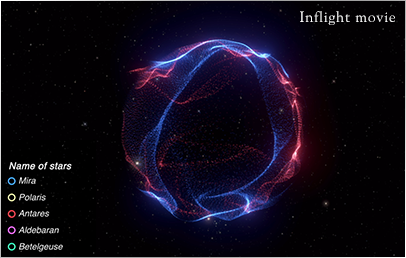
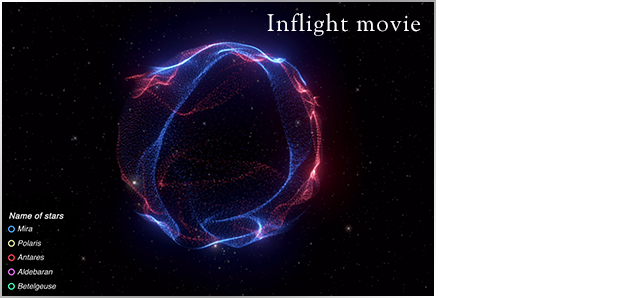
“Star Chorus” guides listeners to a relaxed state
Listening to music is one way to activate the parasympathetic nervous system and relax. Fluctuating music with ambiguous melodies and rhythms are more effective for this purpose than intense music with a strong beat or music with Japanese language lyrics and melodies that linger in the ears. Music that originates from nature like ocean waves is more relaxing. “Star Chorus” is designed with frequency masking technology to minimize distraction from airplane noise, making it easier to focus on the music. We measured and compared brainwaves and eye movement when traveling by plane without listening to anything vs. listening to “Star Chorus,” and 62.5% of passengers showed better sleeping brainwaves by listening to “Star Chorus” (*). We believe these testing results prove the effect of falling asleep to “Star Chorus” and relaxation effect activating the parasympathetic nervous system.
If you absentmindedly think about something other than what needs to be done at the time while listening to “Star Chorus,” your parasympathetic nervous system will naturally take dominance so you can relax. It might also be nice to plan your next vacation.
*Conducted with Sleep Profiler™ EEG Sleep Monitor on STAR FLYER flights (Haneda–Kitakyushu) December 21–25, 2017
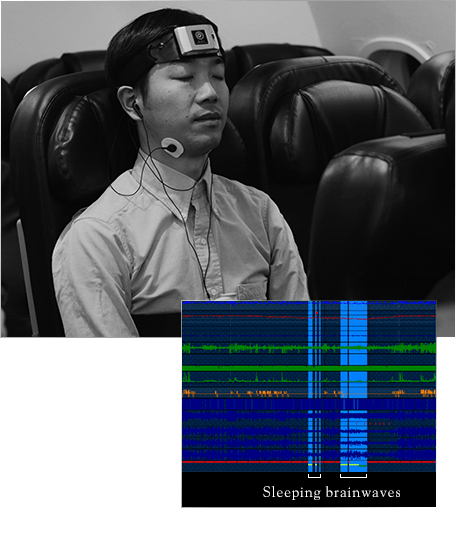
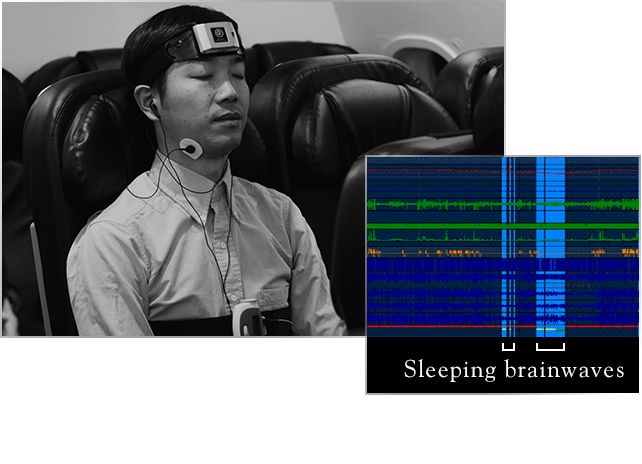

Relaxation effect supervision
Ryutaro Shirahama, Doctor of Medicine
Graduated from the School of Medicine and Medical Sciences at the University
of Tsukuba. Completed the Department of Integrated Pulmonology,
Graduate School of Medical and Dental Sciences at Tokyo Medical and
Dental University. After working at the Sleep Modulatory Medicine Department
at Tokyo Medical and Dental University and as head of sleep centers at public
general hospitals among others, he founded RESM Shin-Yokohama in 2013.














